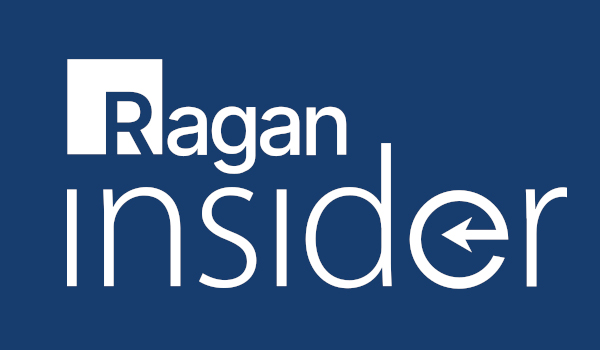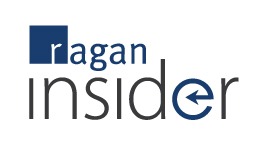When to use a hyphen, an en dash or an em dash
These oft-confused line segments can be helpful for writers and editors, but they should be employed with care. Here’s how to distinguish the marks and their respective purposes.

As experienced writers and editors, many PR Daily readers harbor a dislike for the hyphen.
It’s a punctuation mark that’s supposed to help writers avoid ambiguity, but it can confuse readers. Add dashes of varying lengths, and it’s chaos.
Chaos aside, hyphens and dashes have different uses and cannot be used interchangeably. Here’s how to tell the difference and use each correctly.
Hyphens
Hyphens connect words, prefixes and suffixes, and they are generally used to avoid ambiguity.
Hyphens are also used to separate numbers that are not inclusive, such as telephone numbers or Social Security numbers. Hyphens are likewise used in URLs and email addresses, and to spell out a word letter by each letter.
Em dashes
Em dashes can be used when you want to introduce additional information in a sentence but don’t want to set it off with commas or parentheses:
Become a Ragan Insider member to read this article and all other archived content.
Sign up today
Already a member? Log in here.
Learn more about Ragan Insider.

Tags: editing, punctuation, writing

